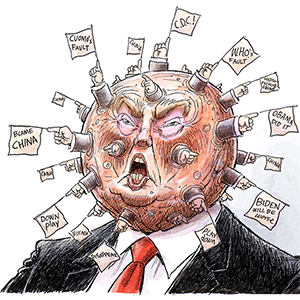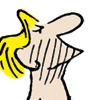Investigative novel questions mysterious death of da Vinci
Published in Mom's Advice
“What the heck is going on in Leonardo’s message!”
In a masterful work with particular appeal for amateur sleuths, historians and art aficionados, author D. Allen Henry has crafted a thoughtful novel, "Killing Genius: The Mysterious Last Days of Leonardo da Vinci," based around the premise that Leonardo da Vinci’s death was a murder.
In truth, Leonardo is said to have died in 1519 at the age of 67, possibly of a stroke. King Francis I, who had become a close friend, is said to have held Leonardo’s head in his arms as he died, although this story may be legend rather than fact.
Yet Henry’s fictional troupe of noteworthy researchers, investigators and art experts are brought together in current-day Paris because a piece of evidence — a document that has not been seen by more than a handful of people in the last 500 years — has come to light and might suggest foul play.
Aaron Kempton, a fictional bestselling author of a book on the history of da Vinci, assembles an investigation team that includes an Italian art critic who is the foremost authority on da Vinci’s paintings; an investigator who discovered the cause of Beethoven’s death; a Scotland Yard detective; the Curator of The Louvre; and an Oxford professor of chemistry.
And as the story opens, Kempton seeks to add Paul Woodbridge, who has solved important mysteries relating to the Renaissance, and his wife. They agree to join.
As one of the group members points out, “There must have been at least a dozen powerful dukes, earls and others of that class who had not only the means but also plenty of reasons to want Leonardo at the very least chastised and perhaps, in some cases, even dead.”
The details of the investigation and the dialogue between team members are incredible and strength of this work: the significance, for instance, if any, of da Vinci being left-handed; the chemicals used in his paint which might have contained a poison; and a white hair sample suggesting da Vinci was aging prematurely and unnaturally. The author clearly did his research and had to be well acquainted with Leonardo to write what reads like a feasible hypothesis. And the way he interjects each character’s specific fountain of knowledge is fitting and authentic.
Henry weaves the story back and forth in time, from the current gathering of the investigators to the days of da Vinci, shedding light on the master’s work, his technique, thinking, relationships with his young apprentices Melzi and Salai, and more.
But foremost is discovery of the document, a short poem — is it even in the handwriting of Leonardo? — in which he laments his white hair and ponders whether he is aging faster than typical and whether unnatural causes are intervening with his health. Can his two assistants be trusted?
Then a shocking development rocks the group, providing a jolt of action amid all the discussion, throwing their work into chaos and raising suspicions about some people’s relationships and motivations. Can everyone on the investigation team be trusted? Are there hidden motives driving the investigation?
D. Allen Henry, who has traveled to virtually every place Leonardo went during his lifetime, has published novels about both Dante Alighieri and Galileo Galilei, but he puts Leonard da Vinci as a subject matter “in a different class altogether.”
“Whereas my personal view is that Dante and Galileo rank higher in their contributions to humankind, Leonardo somehow surpasses both in legendary appeal to nearly every person on this planet.”
"Killing Genius" is a unique work about a unique individual. D. Allen Henry has captured the feel of da Vinci’s time, reveled in some of the mysteries surrounding his life, and given readers a crackerjack current-day mystery as well sure to please on many levels.










Comments